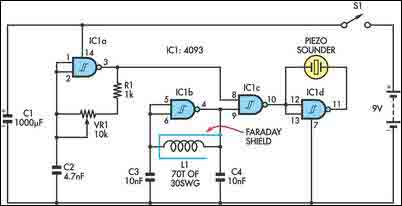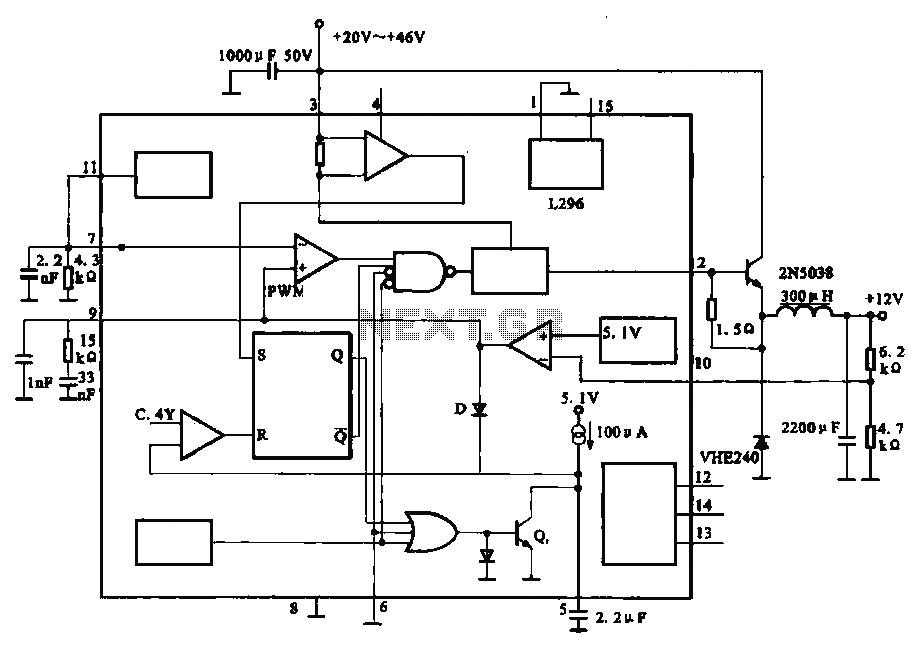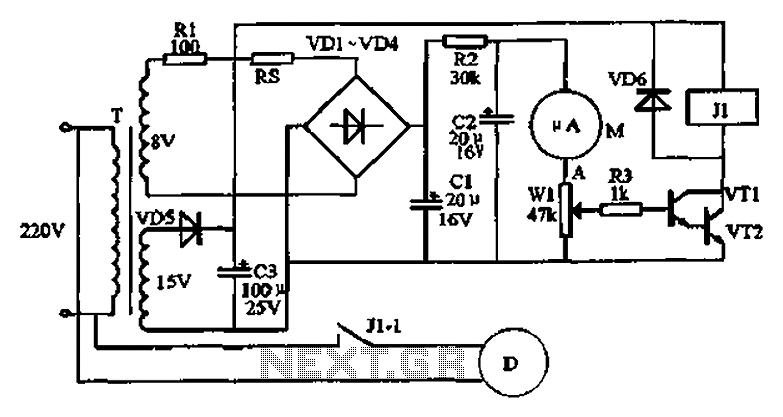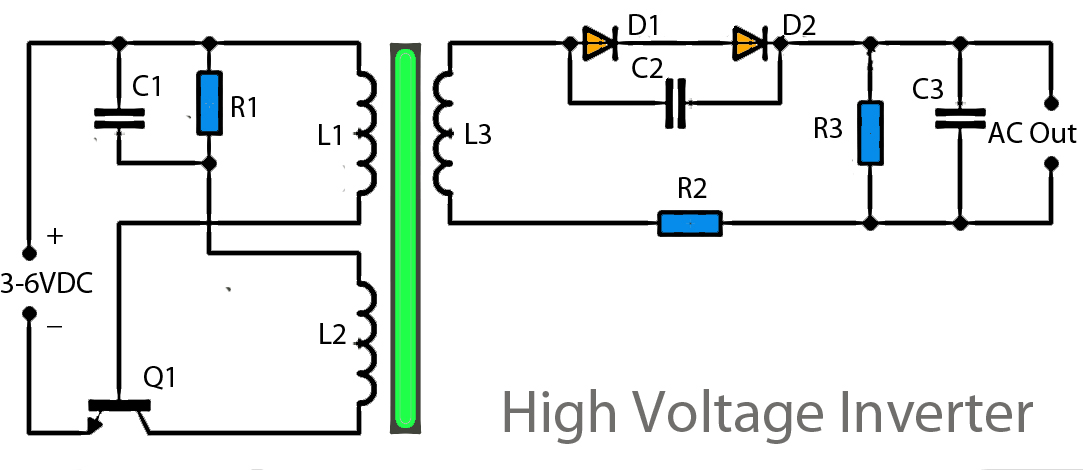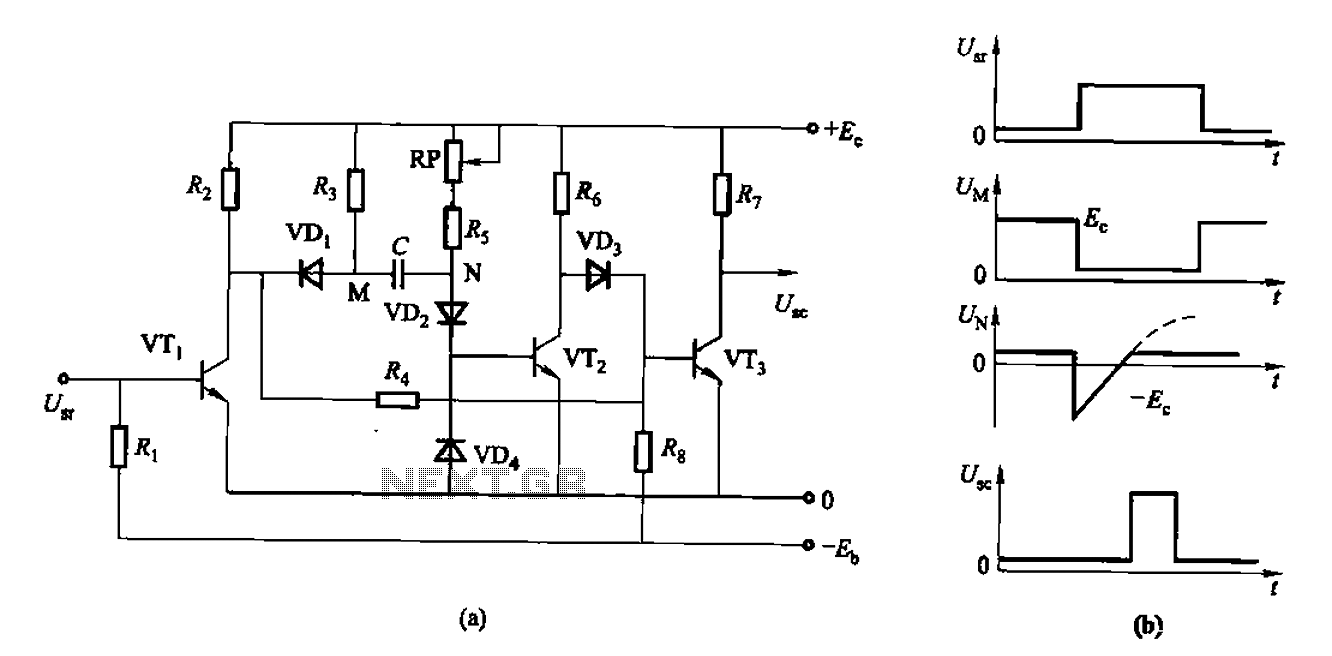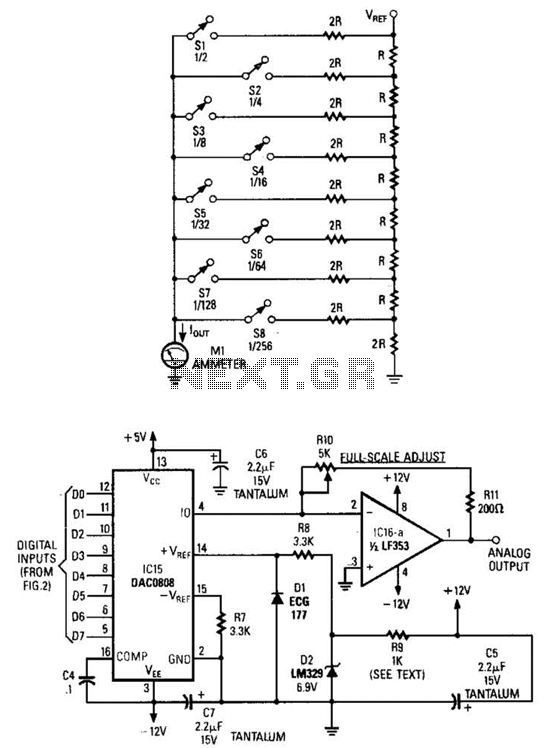
Thermostat for 1KW Space Heater (SCR controlled) circuit
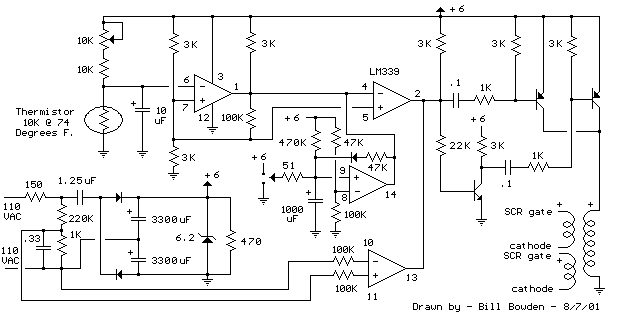
The heating element is connected in series with two back-to-back 16 amp silicon-controlled rectifiers (SCRs), which are controlled by a small pulse transformer. This pulse transformer features three identical windings; two of these windings provide trigger pulses to the SCRs, while the third winding is linked to a PNP transistor pair that alternately supplies pulses to the transformer at the start of each AC half-cycle. The trigger pulses are applied to both SCRs at the beginning of each AC half-cycle, but only one SCR conducts based on the polarity of the AC voltage.
The described circuit utilizes a heating element that operates in conjunction with two SCRs arranged in a back-to-back configuration, allowing for controlled power delivery based on the alternating current (AC) supply. The SCRs serve as electronic switches that can handle high power loads, making them suitable for applications such as heating systems where precise control of the power is necessary.
The pulse transformer plays a critical role in the operation of this circuit. Its three identical windings are strategically utilized to ensure that the SCRs are triggered correctly. The first two windings are responsible for generating the trigger pulses that initiate the conduction of the SCRs. The third winding is connected to a PNP transistor pair, which functions to provide the necessary timing for the trigger pulses. This arrangement ensures that the SCRs are activated at the onset of each half-cycle of the AC waveform, allowing for efficient power control and minimizing the risk of overheating.
The alternating nature of AC voltage means that the polarity changes direction, which is why only one of the SCRs conducts at any given time. This is a critical feature of the design, as it prevents both SCRs from conducting simultaneously, which could lead to short-circuiting or damage to the components. By controlling which SCR is triggered based on the AC polarity, the circuit effectively manages the flow of current to the heating element, allowing for consistent and reliable operation.
In summary, this circuit design exemplifies an effective method for controlling a heating element using SCRs and a pulse transformer, ensuring efficient power management while maintaining safety and reliability in operation.The heater element (not shown) is connected in series with two back to back 16 amp SCRs (not shown) which are controlled with a small pulse transformer. The pulse transformer has 3 identical windings, two of which are used to supply trigger pulses to the SCRs, and the third winding is connected to a PNP transistor pair that alternately supply pulses to the transformer at the beginning of each AC half cycle.
The trigger pulses are applied to both SCRs near the beginning of each AC half cycle but only one conducts depending on the AC polarity.. 🔗 External reference
The described circuit utilizes a heating element that operates in conjunction with two SCRs arranged in a back-to-back configuration, allowing for controlled power delivery based on the alternating current (AC) supply. The SCRs serve as electronic switches that can handle high power loads, making them suitable for applications such as heating systems where precise control of the power is necessary.
The pulse transformer plays a critical role in the operation of this circuit. Its three identical windings are strategically utilized to ensure that the SCRs are triggered correctly. The first two windings are responsible for generating the trigger pulses that initiate the conduction of the SCRs. The third winding is connected to a PNP transistor pair, which functions to provide the necessary timing for the trigger pulses. This arrangement ensures that the SCRs are activated at the onset of each half-cycle of the AC waveform, allowing for efficient power control and minimizing the risk of overheating.
The alternating nature of AC voltage means that the polarity changes direction, which is why only one of the SCRs conducts at any given time. This is a critical feature of the design, as it prevents both SCRs from conducting simultaneously, which could lead to short-circuiting or damage to the components. By controlling which SCR is triggered based on the AC polarity, the circuit effectively manages the flow of current to the heating element, allowing for consistent and reliable operation.
In summary, this circuit design exemplifies an effective method for controlling a heating element using SCRs and a pulse transformer, ensuring efficient power management while maintaining safety and reliability in operation.The heater element (not shown) is connected in series with two back to back 16 amp SCRs (not shown) which are controlled with a small pulse transformer. The pulse transformer has 3 identical windings, two of which are used to supply trigger pulses to the SCRs, and the third winding is connected to a PNP transistor pair that alternately supply pulses to the transformer at the beginning of each AC half cycle.
The trigger pulses are applied to both SCRs near the beginning of each AC half cycle but only one conducts depending on the AC polarity.. 🔗 External reference
